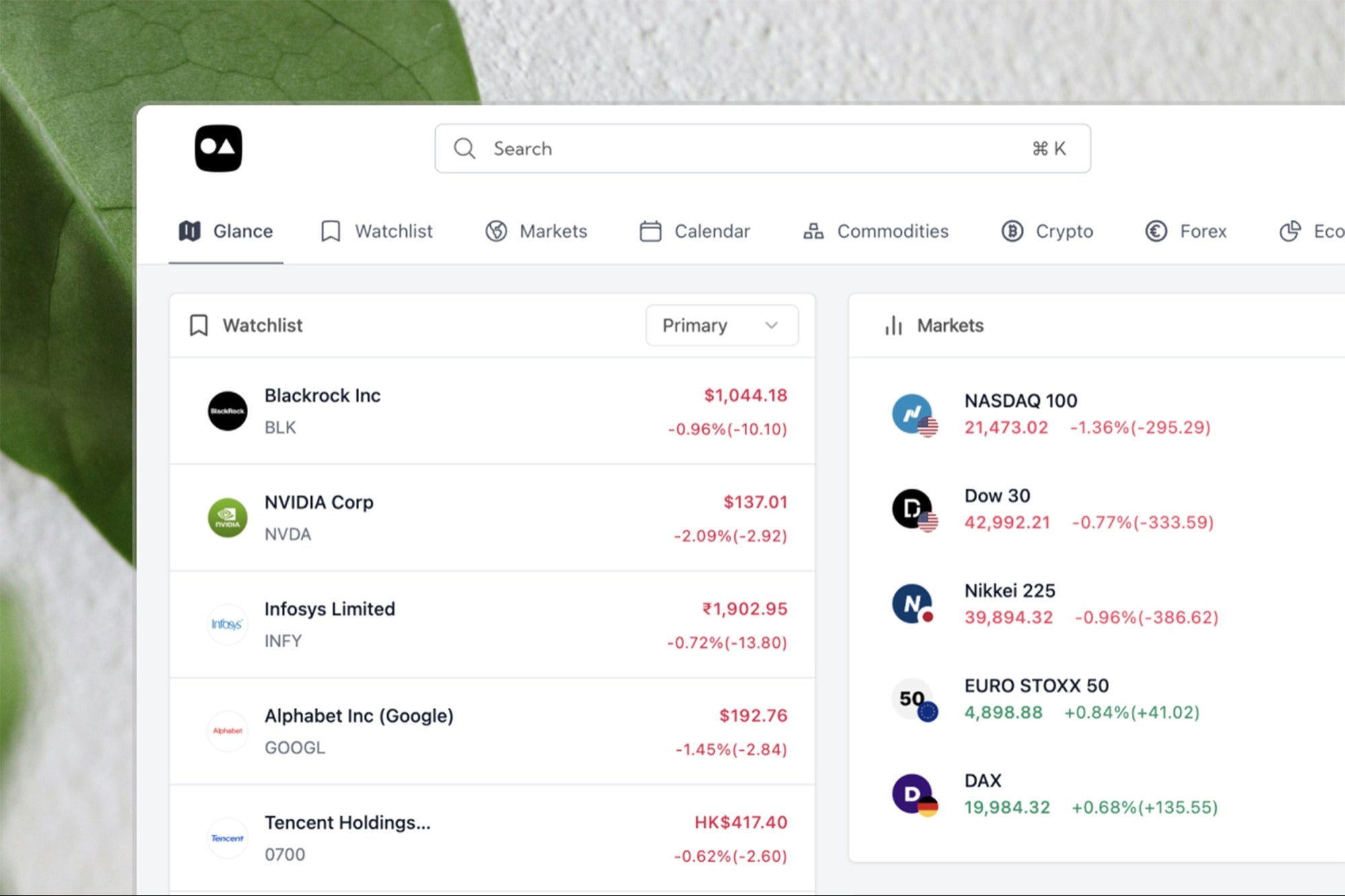3 Reasons That Experiential Learning Boosts Performance When training incorporates doing it will create more engagement and result in a greater impact on the business.
By Phil Geldart Edited by Dan Bova
Opinions expressed by BIZ Experiences contributors are their own.

BIZ Experiencess and business owners, like all executives, are tasked with keeping an eye on business growth and ensuring that employees' skills and values remain in line with the emerging needs of the organization. When business owners notice that performance is deteriorating, they realize this can quickly have a negative impact on revenue or customer satisfaction.
Typically, business leaders may look to traditional training as their first line of defense to move performance toward the desired outcome. When the training incorporates doing, a key feature of experiential learning, it will create more engagement and result in a greater impact on the business. The knowledge retention rate for employees who go through traditional learning is only five percent, whereas the retention rate from experiential learning can be as much as 90 percent. There is power in experiential learning because it can change behavior, engage staff and impact organizations for the long-term.
Related: How to Help Employees Remember What They Learned in Training
Here are three reasons why experiential learning can be used to boost a company's performance:
1. Experiential learning mirrors reality.
Experiential learning is neither a simple activity (like the classic "trust fall" you see at team-building retreats) nor an ultra-realistic simulation. This learning approach falls squarely in the middle -- which is why it's so effective. In an experiential learning exercise, participants solve a real problem, typically one that mirrors a challenge they face in the workplace, by using the skills they apply on the job every day. This bridges the gap between theory and practice.
While experiential learning mirrors reality, it does not replicate it, as simulations do. Instead, an experiential learning exercise takes the form of a themed scenario that serves as a metaphor for the challenges that participants face in the workplace. Participants may not recognize the parallels between the experiential learning exercise and their workplace realities at first, which is by design.
Related: 5 Innovative Ways to Train Your Sales Team
By masking participants' workplace realities with a fun theme, experiential learning creates a safe learning environment outside of the workplace. If a learning exercise too closely resembled a workplace scenario, participants may be too afraid to take risks, for the fear of failure in the workplace. Designing experiential learning exercises to mirror reality, instead of replicating it, allows employees to take risks, make mistakes and learn from them.
2. Experiential learning produces predictable learning.
Experiential learning does not happen by accident. A desired goal may include teaching new principles, like the importance of planning, or new practices, like how to run an effective meeting. Regardless of the objective, the experiential learning exercise revolves around instilling those principles or practices in participants.
You never ask participants to participate in an experiential learning exercise, and then just "see what happens." The learnings are designed, in advance, and incorporated into the experience to ensure relevance in the real world. Experiential learning exercises are carefully calibrated to produce certain results based on the behaviors and decisions that participants make. There's a certain way to win the game, which correlates directly with how to "win" at work. Thanks to predictable learning outcomes, you can be confident that every participant will walk away from an experiential learning event with improved skills or changed behaviors.
Related: Here's How Going Cheap on Employee Training Is Costing You
3. Experiential learning requires deep involvement.
A hallmark of experiential learning is its immersive, visceral nature. Participants are fully engaged; there's no desire to tune out, as with a presentation or lecture. Participants must use their own critical thinking and problem-solving skills throughout the entire experience. This deep level of engagement, learning by doing, generates better retention of new concepts.
What's more, such visceral engagement drives participants' desire to succeed, both in the training and at work. Participants engage in experiential learning as themselves, so there's a level of personal investment present that doesn't exist in role-playing scenarios, for example. Because participants are so personally invested, they're forced to take personal responsibility for the outcomes of an experiential learning exercise as the exercises are designed to clearly show the cause and effect of participants' behaviors. If they don't get the desired outcome in the experiential learning exercise, they're seeing similar results back on the job, and then realize they will need to change their own behaviors to improve their results. Because experiential learning mirrors their workplace reality, participants now understand that if they aren't getting the results they want at work, they must change those behaviors, and take the next step of learning how to do so, which flows from the experience's debrief.
Experiential learning temporarily takes employees and business leaders out of their real world, allows them to participate in a visceral experience, and results in learning that is memorable. This cycle has the potential to boost performance and significantly change behavior for improved results with a long-term impact.












